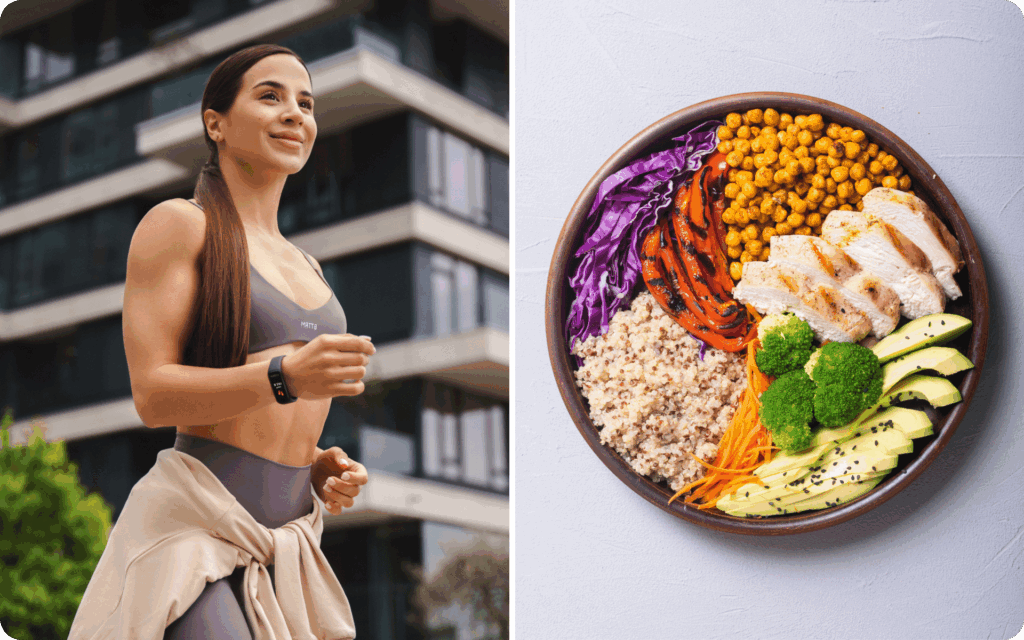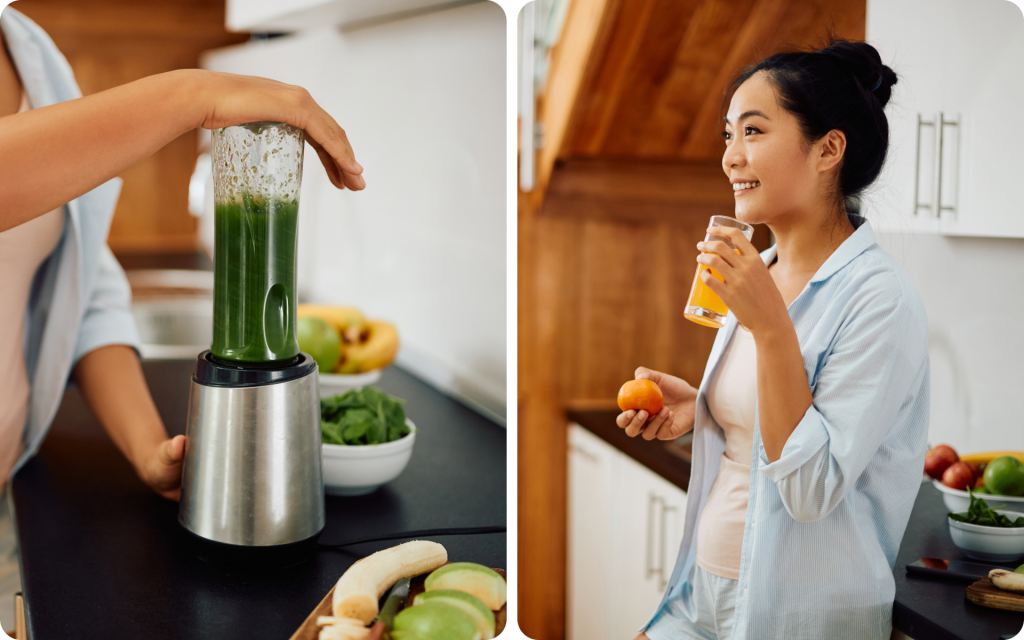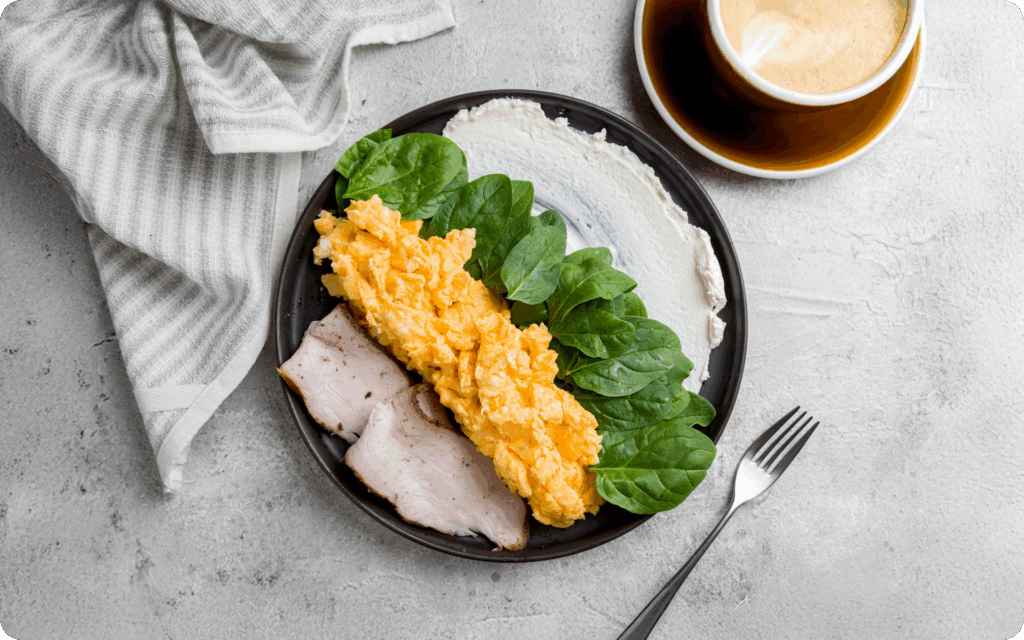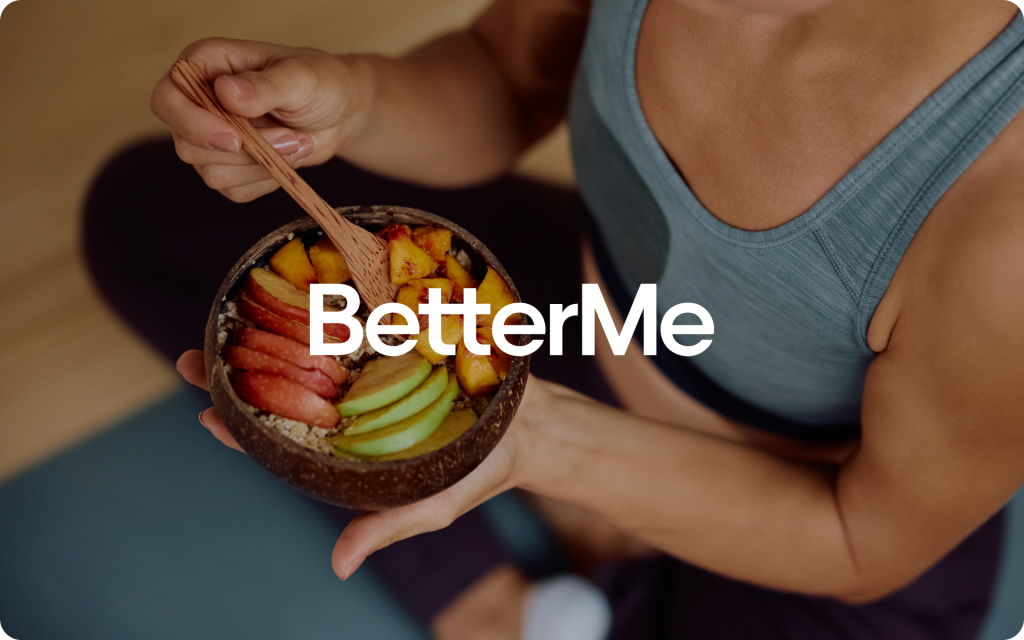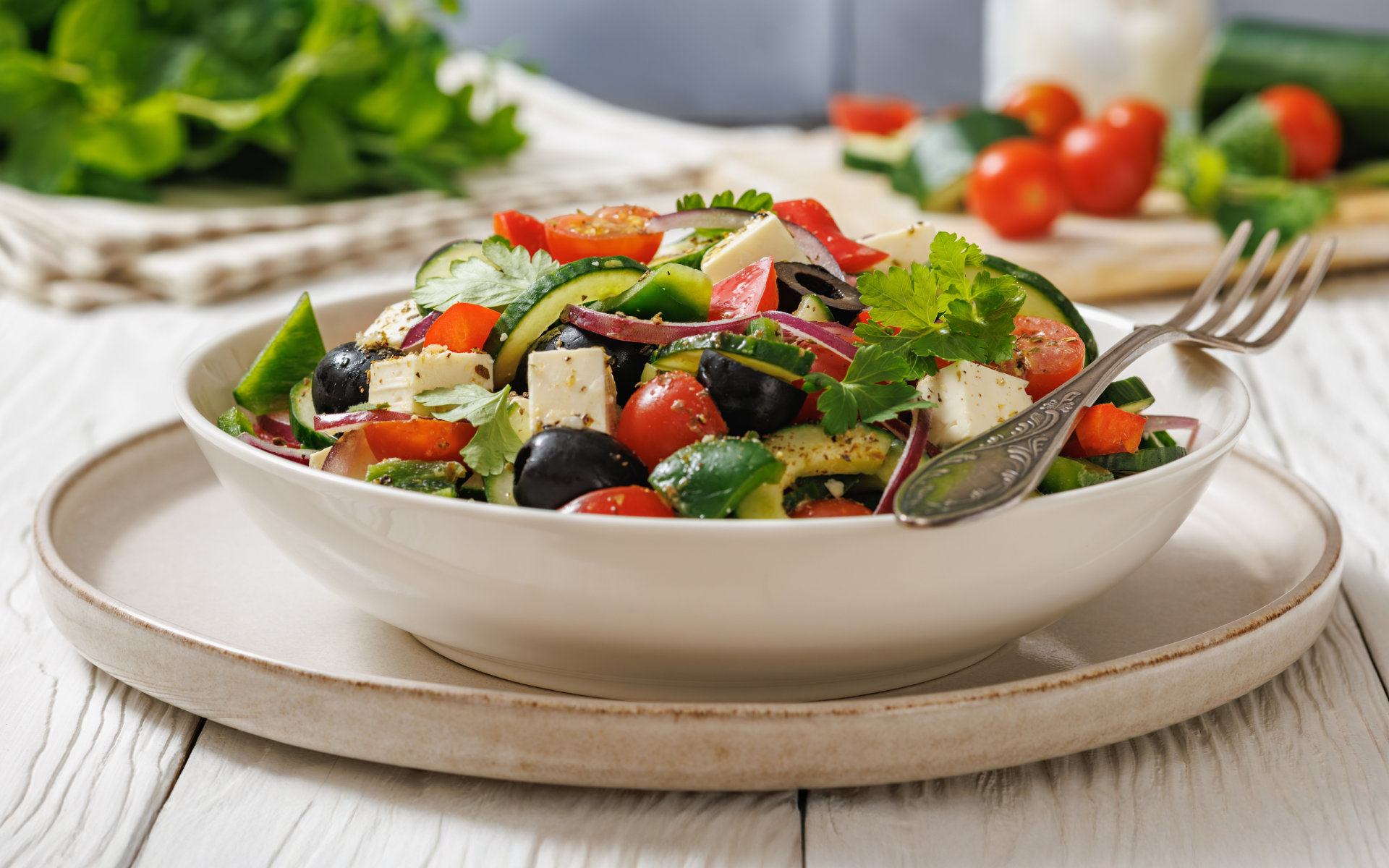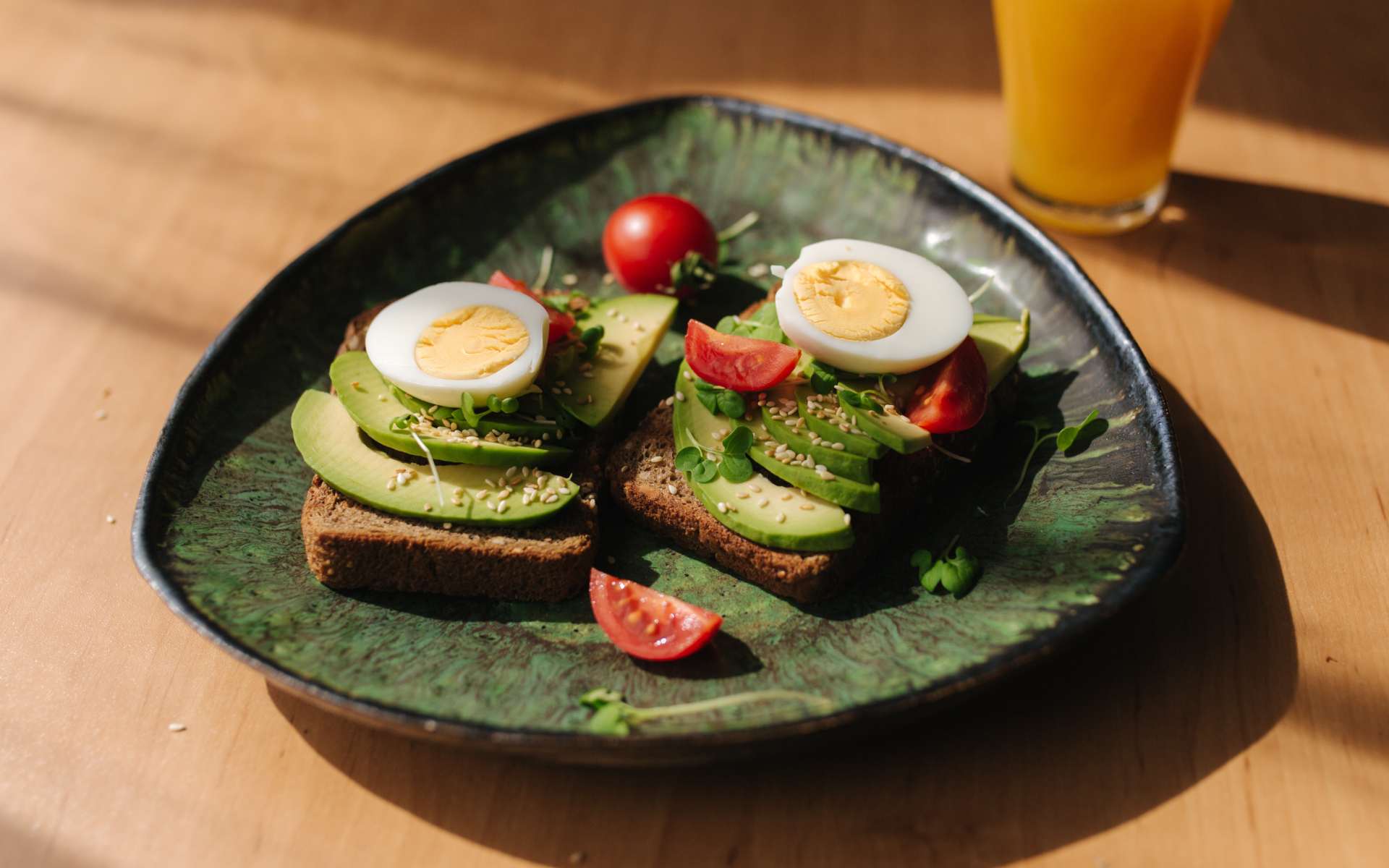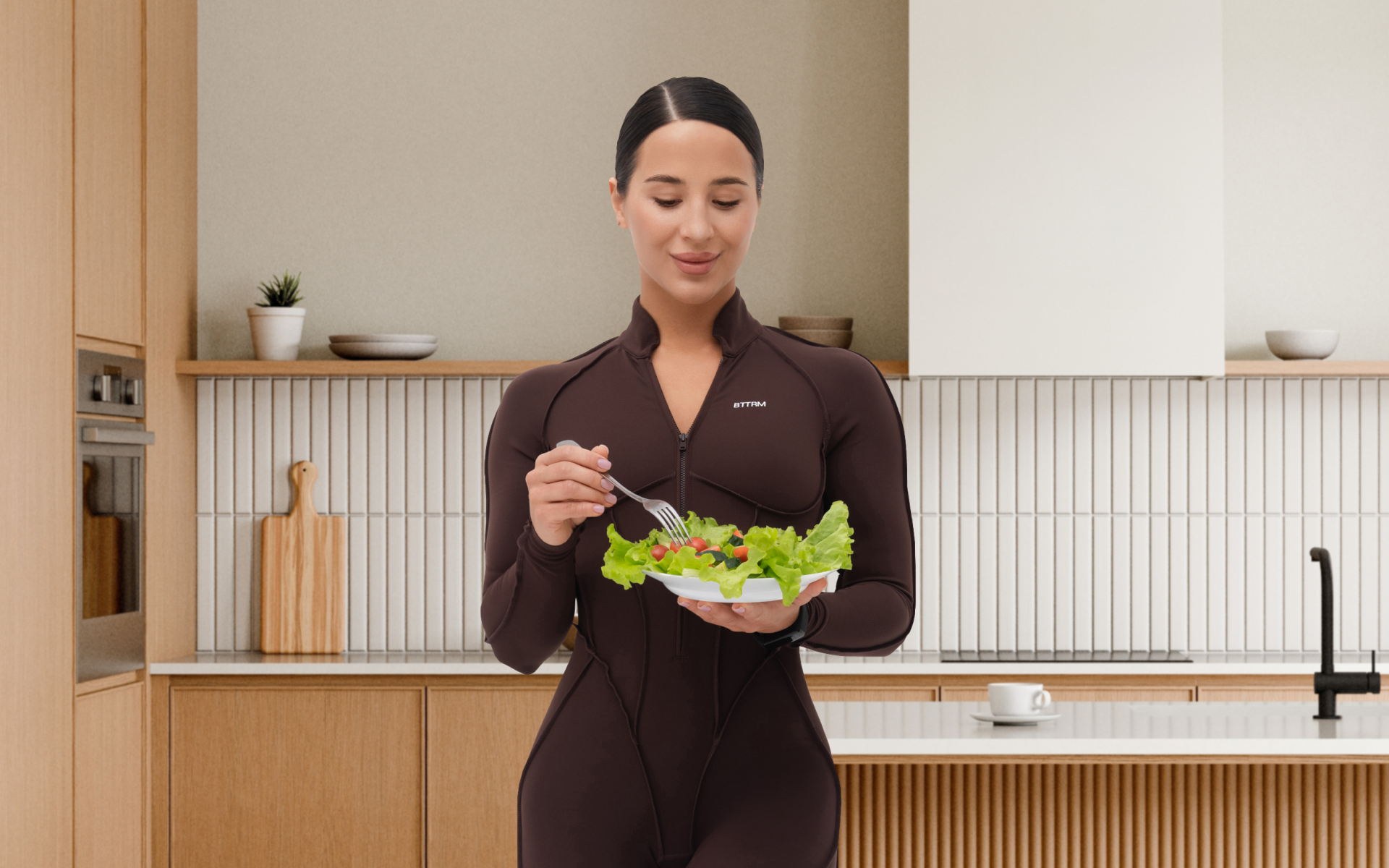Let’s be frank, the idea of going low-carb for prolonged periods may bring you to your wits’ end. After all, how does someone go without those scrumptious foods for so many days?
This situation is where a carb cycling meal plan can be a good fit. Revolving around low and high carb days, this is a plan worth a shot. It is a more moderate diet plan initially designed to help bodybuilders achieve their goals during training.
But now, it has entered the mainstream fitness circles and is attracting people with its distinct take on eating patterns.
Given that many carb cycling programs, eBooks, and coaching services are specifically designed for women (e.g., for hormone balance, fat loss, and PCOS), it’s clear that more women are interested in it. Although it’s relatively common among men, women tend to be more inclined toward it.
Enthusiasts of this diet say it is a perfect middle ground for those who want to try a low-carb diet, but can’t follow it all the time (1).
This point brings us to the big question:
How do you follow carb cycling? How can it be made more effective?
What Is A Strategic Carb Cycling Meal Plan For Females?
A strategic carb cycling meal plan is a structured approach to shifting between low and high-carb meal plans. It should be custom-planned to support a woman’s fitness goals and hormonal health. It’s called strategic because it focuses on proper timing.
The table below illustrates a sample weekly structure for fat loss and energy activation for active women:
| Day | Carb Level | Goal | Workout Type |
|---|---|---|---|
| Monday | High | Boost metabolism, fuel workouts | Strength Training or HIIT |
| Tuesday | Low | Fat burning | Light cardio or rest |
| Wednesday | Moderate | Balance + recovery | Moderate strength |
| Thursday | High | Performance + muscle support | HIIT or heavy lift day |
| Friday | Low | Fat burning | Rest or light yoga/cardio |
| Saturday | Moderate | Energy + flexibility | Functional training |
| Sunday | Low | Reset | Rest or gentle movement |
What To Eat Each Day?
High-Carb Day
- Oats, brown rice, quinoa, sweet potatoes, whole wheat products
- Lean protein (chicken, tofu, eggs)
- Leafy greens & veggies
- A bit of healthy fats (avocado, olive oil)
Low-Carb Day
- Non-starchy veggies (broccoli, zucchini, spinach)
- Lean protein
- Healthy fats (nuts, seeds, coconut oil)
- Fewer grains and fruits
BetterMe: Health Coaching app helps you achieve your body goals with ease and efficiency by helping to choose proper meal plans and effective workouts. Start using our app and you will see good results in a short time.
Moderate-Carb Day
- Mix of lean protein + complex carbs + healthy fats
- Moderate fruit and whole grains
Although optional, you can sync your dietary patterns with your menstrual cycle.
This synchronizing effect might mean:
- Follicular Phase (Days 1-14): More high-carb days for energy and performance (2)
- Luteal Phase (Days 15-28): Add more low-carb days to manage cravings and fat storage tendencies (3)
Unlike more restrictive plans that slash calories and set you up for a yo-yo effect, a carb cycling meal plan is more sustainable. It gives your metabolism a reason to improve its flexibility while helping you shed weight steadily or maintain it.
It acknowledges that adhering to ultra-low-carb diets indefinitely isn’t realistic.
So, instead of fighting your cravings, carb cycling works with them. This eating pattern gives you strategic high-carb days to stay on track, feel satisfied, and enjoy the journey.
Read more: 50 Grams Of Carbs Per Day Meal Plan For The Keto Diet
Is Carb Cycling Good For Weight Loss?
There isn’t much evidence on how carb cycling specifically promotes weight loss.
However, the information about carb cycling and workouts, and how they affect weight loss together, is quite insightful.
Carb Cycling Can Fuel Challenging Workouts
Not eating enough carbs can seriously mess with your workout game, particularly if you’re into endurance sports or high-intensity training. Without enough fuel, your muscles just can’t perform at their best, and you’ll probably feel wiped out faster than usual.
That’s where carb cycling comes in. Eating more carbs around your workout days gives your body the energy it needs to power through, without getting in the way of your fat-loss goals (4). It’s about being strategic, not strict.
Keeping your muscles stocked with glycogen (your body’s stored form of carbs) helps prevent fatigue and prevents your body from tapping into muscle for energy. This muscle consumption can happen if you don’t have enough fuel available (5).
Carb Cycling Can Teach You Hunger Control
Carb cycling for women and that for men is quite similar when it comes to hunger control. The method helps you to manage those untimely food cravings.
When you’re cutting calories or trying to lose fat, going super low-carb all the time can leave you feeling constantly hungry and deprived. This deprivation can make sticking to any plan a real challenge.
Carb cycling changes that. It lets you enjoy more carbs when your body needs extra fuel, like before and after a challenging workout or with a hectic schedule. That boost helps you power through without crashing.
Moreover, knowing you’ll get to enjoy some carbs regularly makes it easier to avoid bingeing or giving up entirely. Instead of feeling restricted, you feel more in control. And that’s what makes this approach more sustainable in the long run.
Quick Summary
Carb cycling can support weight loss by helping you burn fat without feeling constantly deprived. By alternating between high- and low-carb days, your body gets the energy it needs for workouts while tapping into fat stores on lower-carb days. This balance keeps your metabolism active and may help prevent the plateaus often associated with strict dieting (6).
Following a carb cycling and intermittent fasting routine can be a good combination because it reduces your overall caloric intake without counting every bite.
What Is A Good Schedule For Carb Cycling?
Everyone has a different definition of a “good” carb cycling schedule.
What works for you may or may not work for your friend. A good approach is to talk to a registered dietitian or seek guidance from authentic platforms like BetterMe.
A simple and effective place to start is a weekly rotation of high-, moderate-, and low-carb days.
Check out the flexible 7-day carb-cycling plan for women that’s pretty simple and practical, too:
| Day | Workout Intensity | Carb Focus | Meal Focus |
|---|---|---|---|
| Day 1 | Heavy lifting / HIIT | High-Carb | Oats, rice, lean protein, fruits, and starchy veggies |
| Day 2 | Light cardio or yoga | Low-Carb | Leafy greens, eggs, healthy fats, and non-starchy veggies |
| Day 3 | Moderate strength training | Moderate-Carb | Quinoa, chicken, root veggies, and a small serving of fruit |
| Day 4 | Rest or active recovery | Low-Carb | Zucchini noodles, avocado, tofu, and green salads |
| Day 5 | Intense cardio/circuits | High-Carb | Sweet potatoes, bananas, whole grains, and protein shakes |
| Day 6 | Functional training | Moderate-Carb | Brown rice, veggies, fish, Greek yogurt |
| Day 7 | Complete rest | Low-Carb | Omelet, roasted veggies, nuts, cottage cheese |
This sample is a 7-day carb cycling meal plan for females, which can also work for men.
It is flexible. You can change the foods according to their availability and your liking. Further, you can extend the plan to more than 7 days when you feel it’s doing well for your mind and body.
Read more: Low Carb Bread Recipe — Easy, Fluffy, and Tastes Like the Real Thing
What Is An Example Of A Good Carb Cycling Meal Plan For Females?
A good carb-cycling meal plan for females (and for males) is the one that balances energy and fat loss.
Here’s a sample 1-day meal plan for each carb level to show how it works in real life:
High-Carb Day
- Breakfast: Oatmeal with banana, chia seeds, and almond butter
- Snack: Rice cakes with peanut butter and a protein shake
- Lunch: Grilled chicken, quinoa, roasted carrots, and spinach
- Snack: Greek yogurt with berries and honey
- Dinner: Baked salmon, brown rice, steamed broccoli
- Optional Post-Workout: Fruit smoothie with whey protein
Moderate-Carb Day
- Breakfast: Scrambled eggs with a slice of whole-grain toast and avocado
- Snack: Apple with almond butter
- Lunch: Turkey and veggie wrap with hummus
- Snack: Cottage cheese with cherry tomatoes
- Dinner: Grilled shrimp, roasted sweet potato, and green beans
Low-Carb Day
- Breakfast: Veggie omelet with avocado slices
- Snack: A handful of walnuts and cucumber sticks
- Lunch: Grilled chicken over a big leafy salad with olive oil dressing
- Snack: Hard-boiled eggs and celery
- Dinner: Stir-fried tofu or fish with zucchini noodles and mushrooms
Match high-carb meals with your most intense training days, moderate-carb meals with medium-effort days, and low-carb meals with rest or recovery days. This matching method can support muscle recovery without the crash or cravings.
How Do I Make My Own Carb Cycling Meal Plan?
A typical carb cycling plan rotates between high-, moderate-, and low-carb days throughout the week, often with one day set aside for a reward meal. But your weekly setup can change depending on your goals.
If you’re trying to lose weight, consider 5 low-carb days and 2 high-carb days.
If your goal is to build muscle or gain weight, consider including 4-5 high-carb days.
Just avoid stacking all your high-carb days in a row. Spreading them out may help your body respond better.
When it comes to weight loss, progress is made by inches, not miles, so it’s much harder to track and a lot easier to give up. The BetterMe: Health Coaching app is your personal trainer, nutritionist, and support system all in one. Start using our app to stay on track and hold yourself accountable!
Your 7-day carb cycling plan might look like this:
- Monday and Thursday: High-carb
- Wednesday and Saturday: Moderate-carb
- Tuesday, Friday, and Sunday: Low-carb
Needless to say, the plan depends on the body type you’re working with and the goals you have for it.
Because of individual genetic and metabolic factors, some people tend to store fat more easily and may struggle with insulin sensitivity. So, a smartly structured carb cycling meal plan for these people usually leans into more low-carb days with a few well-timed high-carb ones to keep the metabolism fired up without spiking blood sugar (7).
Whatever your approach, keep a close eye on how you feel and the results you’re getting. Don’t hesitate to tweak your schedule if something isn’t working.
How Many Calories Should I Eat During Carb Cycling?
With carb cycling for women, the idea isn’t just about cutting carbs, but adjusting carbs and calories based on your activity.
You’ll naturally eat more calories to fuel your body on high-carb days (usually your toughest workout days). Your calorie intake drops slightly on low-carb days (like rest days) to encourage fat burning.
You don’t need to overthink it. All you need to do is ensure you’re eating enough to support your energy and recovery without going overboard.
A good starting point is to calculate your maintenance calories and then cycle about 200-400 calories above or below that, depending on the day (8).
How Long Does It Take To See Results From Carb Cycling?
You might start noticing changes from carb cycling in the first couple of weeks, such as reduced bloating, more stable energy, or slight weight loss.
It usually takes around 3-4 weeks for more noticeable fat loss or muscle definition.
The results build over time with consistent workouts, balanced meals, and sticking to your carb cycling routine.
On low-carb days, steer clear of bread, pasta, rice, sugary snacks, and starchy veggies like potatoes or corn. Skip anything ultra-processed or high in added sugar. It’ll throw off your carb count fast. On moderate and high carb days, focus on whole grains, starchy veggies, and legumes to get your healthy complex carbs. Consider eggs, meat, fish, tofu, cheese, and non-starchy veggies like spinach or zucchini. These foods keep you full thanks to protein, fiber, and/or fat without loading you up on carbs (11). Nope, egg noodles still pack carbs. They’re made with flour, so even though they have more protein than regular pasta, they’re far from carb-free. About half a banana, a slice of whole wheat bread, or half a cup of cooked quinoa. It adds up quickly, so measuring or checking labels helps keep things on track.Frequently Asked Questions
What not to eat when carb cycling?
What is filling but no carbs?
Are egg noodles carb-free?
What do 20 grams of carbs look like?
The Bottom Line
Carb-cycling is changing the way people perceive dietary regimes.
More fitness-conscious people understand you don’t have to starve yourself to lose weight. Strategies like crash diets and long hours in the gym could create a negative impact. On the other hand, well-planned workouts and dietary practices like carb-cycling tend to bring sustainable outcomes. Staying on track requires knowledge and grit.
How about consulting a registered dietitian or using an authentic platform (read BetterMe) to set a clear path for yourself?
DISCLAIMER:
This article is intended for general informational purposes only and does not serve to address individual circumstances. It is not a substitute for professional advice or help and should not be relied on for making any kind of decision-making. Any action taken as a direct or indirect result of the information in this article is entirely at your own risk and is your sole responsibility.
BetterMe, its content staff, and its medical advisors accept no responsibility for inaccuracies, errors, misstatements, inconsistencies, or omissions and specifically disclaim any liability, loss or risk, personal, professional or otherwise, which may be incurred as a consequence, directly or indirectly, of the use and/or application of any content.
You should always seek the advice of your physician or other qualified health provider with any questions you may have regarding a medical condition or your specific situation. Never disregard professional medical advice or delay seeking it because of BetterMe content. If you suspect or think you may have a medical emergency, call your doctor.
SOURCES:
- ‘Carb cycling’ lets you eat carbs — and it could help boost performance (2019, cnbc.com)
- Carbohydrate-Loading during the Follicular Phase of the Menstrual Cycle: Effects on Muscle Glycogen and Exercise Performance (2001, journals.humankinetics.com)
- Structural equation modeling of food craving across the menstrual cycle using behavioral, neuroendocrine, and metabolic factors (2019, pmc.ncbi.nlm.nih.gov)
- Exercise and Regulation of Carbohydrate Metabolism (2016, pmc.ncbi.nlm.nih.gov)
- Physiology, Gluconeogenesis (2023, ncbi.nlm.nih.gov)
- Metabolic Confusion, Carb Cycling, and Hypothyroidism Weight Loss (2024, palomahealth.com)
- Endocrine Disrupting Chemicals and the Developmental Programming of Adipogenesis and Obesity (2011, onlinelibrary.wiley.com)
- A Comparative Analysis of Different Fat Loss Methods: Carb Cycling, Intermittent Fasting, and Ketogenic Diet (2024, e3s-conferences.org)

